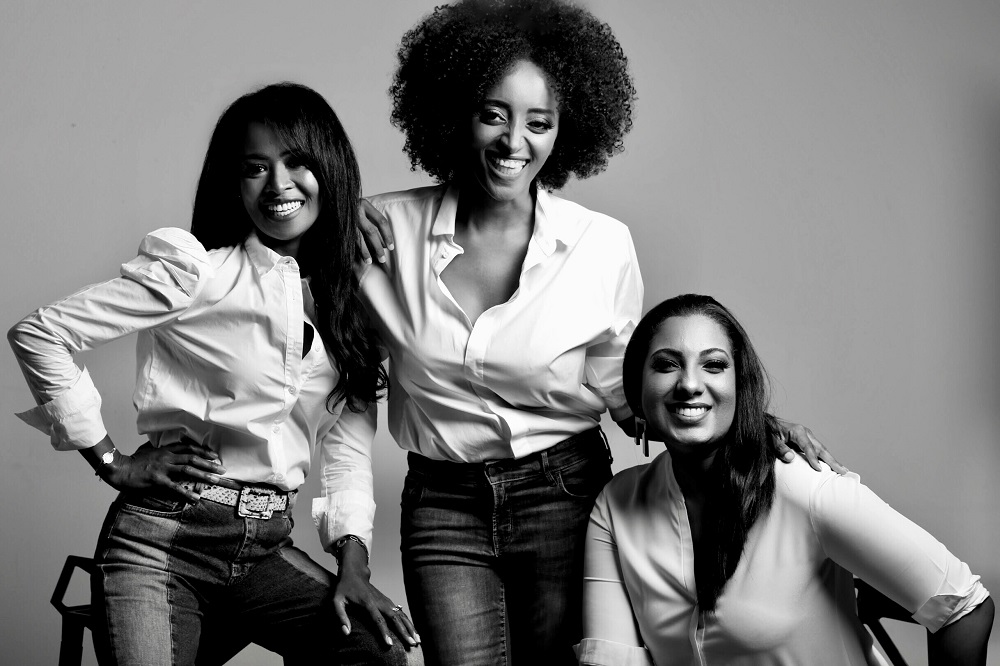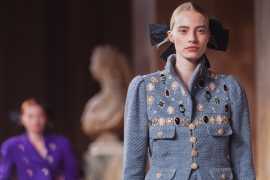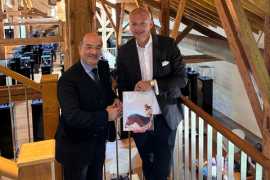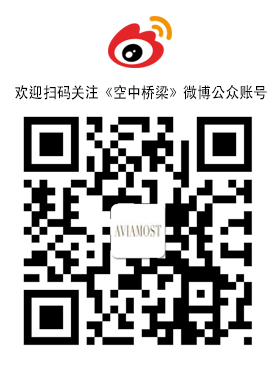Africa Fashion Week Middle East set to disrupt regional fashion scene in 2020
By Aliheydar_Rzayev Wednesday, 08 January 2020 12:27 PM

On a mission to bridge the gap between local desire for originality in fashion and provide much-needed exposure for African and Middle Eastern fashion aesthetics, three Dubai-based businesswomen – Aser Levron, Dina Yassin and Badrriya Henry – along with founding partner, the African Fashion Fund, have embarked on a journey to launch Africa Fashion Week Middle East (AFWME).
The African Fashion Fund, an organisation that empowers fashion designers from Africa and its diaspora, will lend its support to the inaugural edition of the fashion extravaganza taking place in 2020 in Dubai. Revolving around technology, innovation and sustainability, the event will serve as a platform for fashion rooted in Africa and the Middle East whilst targeting the local trend-savvy cosmopolitan population.
Born from a zeal to connect fashion creators with connoisseurs in the Middle East, the first and only fashion edit of its kind seeks to promote the African creative industry while also celebrating the diverse, distinctive and ever-evolving fashion needs and lineage of Africa and the Middle East. The debut fashion event is poised to become one of the highlights of the region’s fashion calendar in 2020.
Unveiling an untold narrative, AFWME aims to transcend the GCC region to provide continuous access to the innovative and contemporary aesthetics of both regions. The platform will offer an ideal opportunity for designers to present their exclusively curated collections to fashion enthusiasts, who are ready to embrace their exquisite creations.
With its breath-taking landscapes and deeply rooted history and heritage that continues to inspire creative talent, Africa has the potential to become an avant-garde, sustainable, globally competitive fashion power. Meanwhile, the Middle East appreciates technologically advanced forms of art on traditionally inspired canvasses. Bridging the two worlds, AFWME endeavours to help the regional audience interact with fashion, art and design under one roof. The event seeks to celebrate the boundless passion and energy of the designers and bring them to the forefront of the Middle East fashion, art and design scene.
Speaking about the entrepreneurial venture, Aser Levron, who leads marketing and PR for AFWME, said: “The whole idea is based on culturally rich nuances that need to be perfectly aligned in a globally renowned consumer space. Africa and the Middle East are both replete with talent that has long been waiting for a sustainable platform. The Middle East has a well-established fashion ecosystem, and we want to plug in the African fashion element as a natural extension to the flourishing fashion arena.”
Lately, African fashion has caught the attention of global consumers’ for all the right reasons – when celebrities like Beyoncé, Rihanna and Michelle Obama rock the bohemian chic look with grace, it commands attention. Exploring the viability of a structured platform that will cater to the growing demand for unconventional fashion, AFWME plans to leverage a vertically integrated channel to help designers connect directly with customers.
Dina Yassin, head of production and styling coordinator for the event, said: “Africa Fashion Week has been flourishing in cities from London to Toronto. However, the Middle East region hasn’t had its own chapter until now. Our objective is to uncover untapped talent and bring it to a dynamic market that is open to experimenting with fashion. We are confident that when the Middle East and Africa come together to celebrate the innate vibrancy they share, it will be a sight to behold!”
For her part, Badrriya Henry, who oversees the business aspects of AFWME, said: “The event has the potential to become a game-changer on the global fashion scene. We aim to change the narrative because even though our regions have always been brimming with inspiration, the local fashion and creative sectors are still underserved.
“Ironically, in some cases, with our growing economic power, we buy collections from international brands that were inspired by our own heritage. It’s time to redirect our spending to support homegrown talent and brands that have direct access to and a deep understanding of the unique local craftmanship, textiles, rich and diverse culture, and languages. Our vision is to establish a robust fashion ecosystem that will provide an enabling platform for designers and artisans.”




























Add new comment